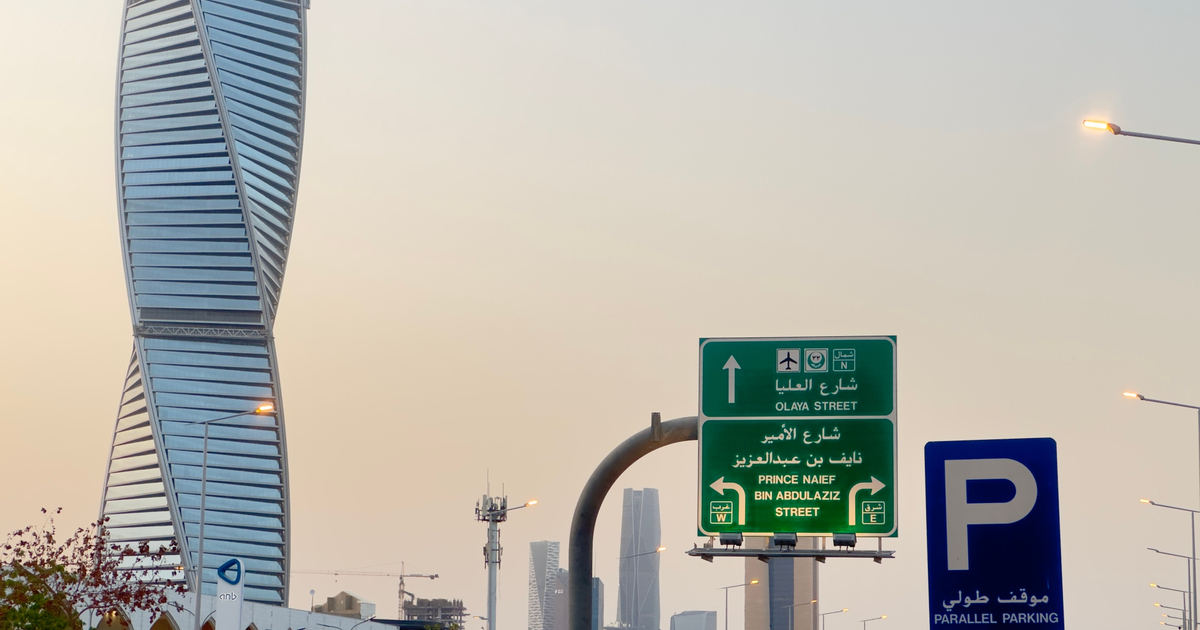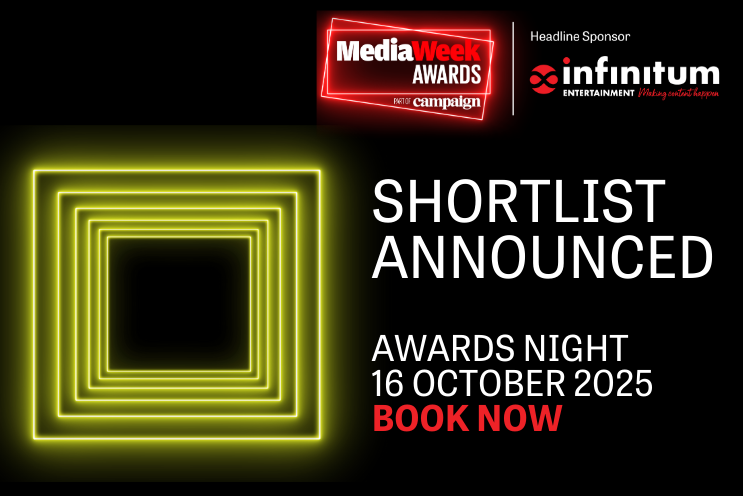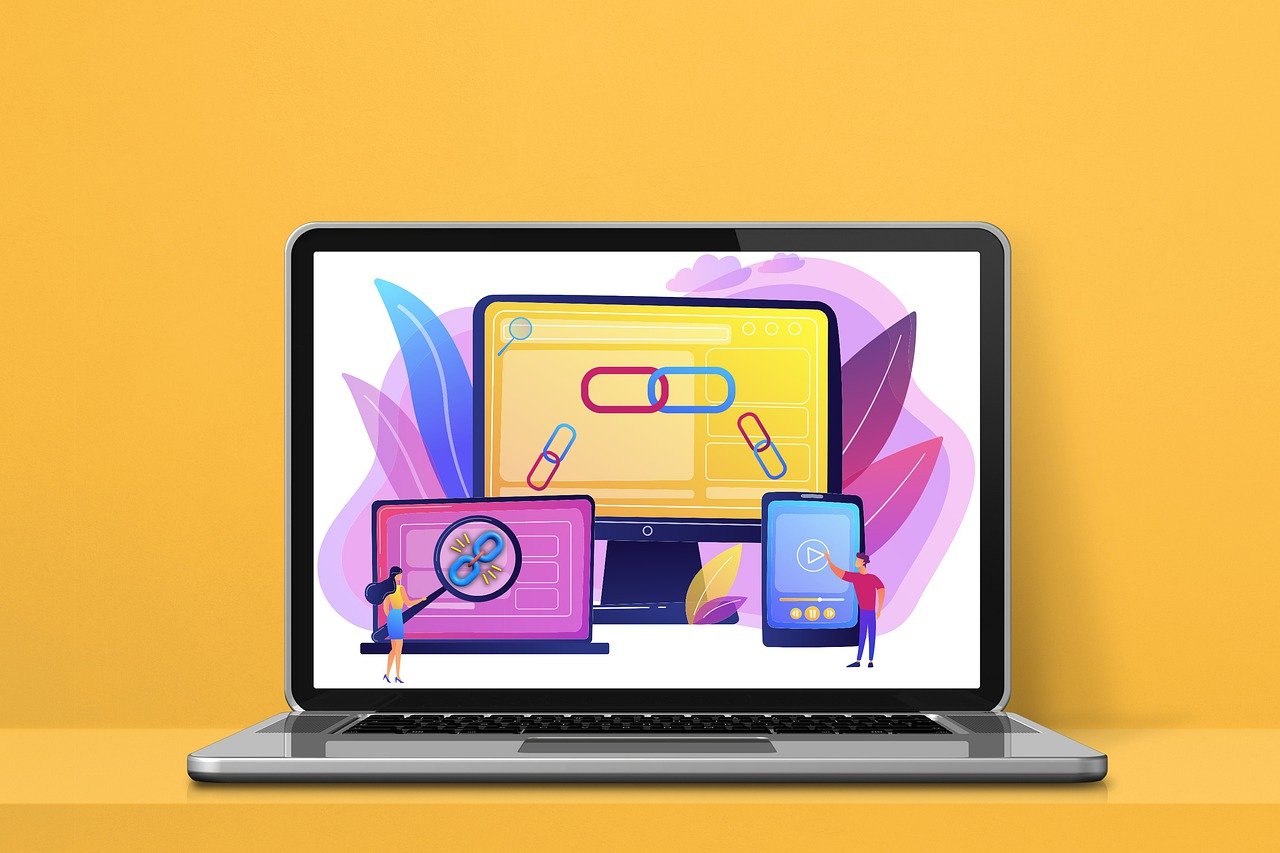What AB InBev’s Super Bowl pullback means for Big Game marketing
The Big Game will look a lot different next year with the brewer lowering its ad load and Pepsi pulling out of halftime—but demand is still strong.

Super Bowl marketing will have a new look next year with two of the game’s stalwart advertisers pulling back their investments. Anheuser-Busch InBev’s decision to give up its longtime alcohol ad exclusivity, which it confirmed Thursday, came weeks after PepsiCo announced it would discontinue its halftime sponsorship after 10 years. The cutbacks by the massive marketers open up significant Big Game inventory, providing a new test of demand for TV’s biggest event of the year.
Media buyers and sports marketing experts say the league and its TV partners should have no problem filling the void left by the two beverage giants, as brands—including many in emerging categories like sports gambling—still thirst for the 100 million-plus viewers the game routinely delivers.
One buyer speaking on condition of anonymity described the Super Bowl market as “robust,” adding that AB InBev’s move “should only help drive more interest and demand in the Super Bowl with competing beer brands finally having an opportunity to get into the game.”
A second agency executive added that the game “is much more well sold during the upfronts than it has been in previous years.”
Fox, which has the 2023 game, declined comment.
Changing alcohol market
AB InBev’s exclusivity pullout was years in the making and reflects changing dynamics in the alcohol business. The world’s largest brewer first began securing exclusivity via negotiations with individual TV networks in 1989—back when alcohol options for Super Bowl ad sellers were a lot more limited than today.
Liquor brands were not even allowed to buy ads in NFL games until 2017, when the league lifted its ban on in-game spirits ads. Diageo signed on as the league's official liquor sponsor in 2021 and made no secret about its interest in the Big Game. While the company had to respect AB InBev’s deal, “you have to keep the possibility open” of gaining way into the Big Game, Ed Pilkington, chief marketing and innovation officer for Diageo North America, told Ad Age in 2021 after it announced its sponsorship. The company declined to comment this week on its Super Bowl interest.
Earlier this month, E. & J. Gallo Winery signed on as the league’s wine sponsor—a distinction AB InBev had held for its Babe Wine brand—opening the door for another potential brand that might want to leverage its sponsorship with a Super Bowl ad. Other potential Big Game players include Corona and Modelo owner Constellation Brands, which has poured big money into sports marketing, and Sam Adams-maker Boston Beer, which ran regional Super Bowl spots in 2021 and 2022. Then there is of course AB InBev’s main rival, Molson Coors, which might want to jump on a stage it has not had access to in three decades. Molson Coors declined to comment on its plans.
Add it up and it amounts to a lot of potential new alcohol demand for Super Bowl-carrying networks seeking to leverage their biggest event of the year as a carrot to lure ad dollars across sporting events year round. In exchange for its exclusivity, AB InBev had to commit to spending many millions of dollars across a network’s entire sports programming inventory, according to former execs at the brewer. Whether or not that was worth it became a constant source of debate at the brewer as far back as 2012, according to Blaise D'Sylva, who was the brewer's U.S. VP-media, sports and entertainment from 2012 to 2014. “The deals were easily $40 million to $50 million a year for one year for one network, times three networks,” he said. “It was a big commitment.”
AB InBev had been advised against the Super Bowl exclusivity for two years, according to a person familiar with these discussions.
AB InBev finally relented this year after being shown potential ad cost savings. “I don’t think it has anything to do with the Super Bowl itself but more [about] how the networks are selling (bundled) and the flexibility a brand might want,” said this person, speaking on condition of anonymity.
Nick Kelly, who oversaw sports marketing sponsorships for AB InBev for several years until departing in 2021, concurred that the value of the exclusivity pacts was always up for debate inside the brewer (along with its two massive Budweiser billboards at Two Times Square that it finally relinquished in 2018 after some 85 years). Kelly, who is now CEO of Major League Soccer’s Charlotte franchise, said it is very unlikely networks sign another exclusive Super Bowl advertiser because they can get more money from multiple brands than they would via a premium paid by an exclusive advertiser. “If you were a media company it would be a huge disadvantage in almost every category to [do exclusive deals],” he said.
New demand and halftime interest
But Kelly remains bullish on the value of Super Bowl ads—partly because of rising interest from emerging categories. (This year’s trendy category was crypto, which accounted for four national ads.)
“There are so many more people out there who want that 30-second inventory,” Kelly said. “At the rate that it is going, the cost of a 30-second ad, it’s hard for a lot of the traditional brands to keep up. There are so many more buyers out there than there used to be.”
First-time Super Bowl advertisers have become more commonplace as emerging brands that don’t typically run commercials on TV increasingly look to use the platform to gain national awareness. In 2022, there were more than 30 first time advertisers in the Super Bowl.
Of course, advertisers must weigh massive Super Bowl investments against reaching consumers who are not so sports craved.
“Allocating marketing investments is an incredibly challenging job because there are so many potential properties and there’s so much diversity in the consumer base,” said Robert Ottenstein, senior managing director at Evercore and a longtime financial analyst following AB InBev.
“You’ve got to understand where the consumer is, and where you get the most incremental consumer buy-in and engagement,” he added. AB InBev “may think the hardcore Super Bowl drinker is someone we’re OK with, but what they really need to do is recruit new drinkers, and the Super Bowl may not be the best property for that. Maybe the consumer you need to recruit is not watching sports, but going to EDM concerts, and that may be a better way to recruit them, hypothetically speaking. It’s where you get the most incremental bang for the buck.”
Miller Lite, for example, ran a Super Bowl commercial in the metaverse this year. While the spot wasn't in the game, it was able to garner attention, as has been the case for several brands that release commercials adjacent to the Big Game through social media and other platforms.
"There are so many other ways to reach individuals around the Super Bowl and market that," the second agency executive said. "Look at how many brands pre-release Super Bowl spots 2-3 weeks before. It is more about the strategy leading up to it. Social media and digital extensions trump the day-of to start out with. It doesn’t diminish people tuning in to the game, but advertisers have realized they have to have a whole different plan to engage with consumers leading up to the game. It is so much different than even two years ago. Brands realize they don’t have to spend and exclusivity doesn’t matter in same way it did."
The NFL has yet to announce a replacement for PepsiCo’s halftime sponsorship. A league spokesman told Ad Age that it has “strong demand from the marketplace for this halftime opportunity and we look forward to making an announcement when we have a deal in place.” That announcement is expected to come before the season kicks off. Sports Business Journal has reported that the league is seeking $40 million to $50 million for the halftime package.
Even as PepsiCo held title sponsor rights for the 2022 game, Verizon got in on the action, pitching a “Pepsi Super Bowl LVI Halftime Show Ultra Pass Powered by Verizon 5G Ultra Wideband.” That involved placing 360-degree cameras streaming in 4K throughout the stadium, field and stage that allowed viewers to “curate their own second screen experience,” according to the brand. With PepsiCo out of the picture, the league is free to possibly pitch more activations like that to tech brands.
Summer vs. winter
Seasonality also plays a huge role in Super Bowl decisions. The reason tax preparing firms such as TurboTax are consistent buyers is because the game comes at the beginning of tax season, for instance. AB InBev will likely continue to buy Super Bowl ads, but shelling out major money for multiple spots in the dead of winter steals resources that could be better spent in the summertime, when beer drinking peaks.
Tony Ponturo, who formerly led sports marketing for Anheuser-Busch and today is a sports marketing consultant, was behind the brewer’s move to first explore Big Game exclusivity in 1989. The purpose, he told Ad Age this week, was to give the brewer the time and space it needed to execute an ambitious marketing stunt–the “Bud Bowl,” an animated football game between bottles of Budweiser and Bud Light–then the brewer’s two largest beers.
“It was a whole creative piece that needed time on the air, and we didn’t want any conflict,” Ponturo said. “And so we went to NBC and said, essentially, what would it take to be the only beer? To make a long story short, we bought five minutes of time—and I remember this exactly because I use this example from time to time—it was $750,000 a [30-second] unit back then, and we locked it up.”
Ponturo said he wasn’t surprised that Anheuser-Busch–now part of an international brewer with a more complicated portfolio strategy amid a fragmenting market for adult beverages–had decided against continuing to pursue exclusivity, saying today’s more targeted brands, along with the soaring prices for ads, make less sense as part of a single campaign.
“You have to deliver creative for five minutes of time, and it’s now $5 or $6 million for 30 seconds of time, so that’s $60 million of an investment if you’re doing five minutes. That is a lot of money,” Ponturo said. “And I’ve watched over time ... it’s become a little bit of a different beer business with seltzer and everything else, I think that they feel it's all too much to put into one day.”
In the past, Ponturo said, “We had tied it all in creatively, we tied it in with point-of-sale and retail promotions, and a whole bunch of things. It was a full-blown marketing program that we did, and you really can’t do that if you’re going to run a spot here for this brand, and a spot for something else, and it's not all themed. That dilutes a lot of the energy.”
Contributing: Jeanine Poggi

 KickT
KickT 
































